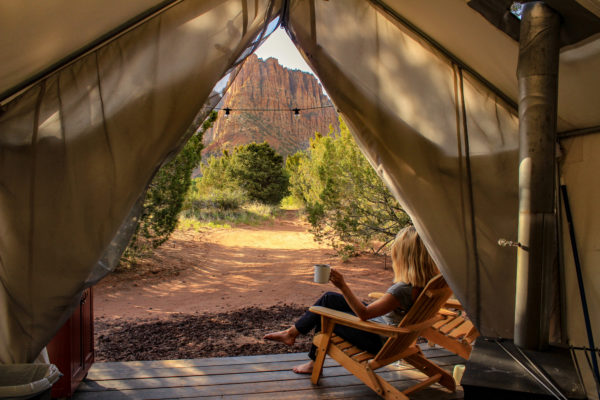
When it comes to overwhelming beauty, the world is full of destinations and natural phenomena that exemplify just that. A floating village in Cambodia is no exception.
It’s a bucket list destination, and it has good reason to be. With pristine beauty and a fascinating culture, visiting one of these floating villages is an adventurer lovers dream.
When it comes to finally making a trip to see a floating village, it’s important to know a few specific things in order to make the most of your experience.
We’ve created a comprehensive guide of the 10 things to know about visiting a floating village to help you experience your trip to the fullest extent.
1. What is a floating village?
The first thing you need to know before visiting one of these villages is what exactly it is.
These villages are in Cambodia but habituated mainly by ethnic Vietnamese residents. They are spread out along what is known as The Tonle Sap lake.
Houses, schools, churches and even soccer fields all float on the water and are accessible by boat.
2. Why Are the Residents Mostly Vietnamese?
There are laws in Cambodia that restrict land ownership to Cambodian citizens. However, there are no laws that restrict the water. The immigrants from Vietnam got creative.
3. Floating vs. Stilted
When traveling to see these villages, you may notice that some of them in a particular season actually rest on land on top of giant stilts.
While some of the houses are legitimately floating on top of the water, these stilted houses only give that appearance during the wet season when the waters rise to their base.
4. Culture of the Villages
Most of these villagers live in extreme poverty. They use the Tonle Sap lake as a source of life, but many depend on tourism to bring in any kind of monetary profit.
5. Be a Helpful Tourist
There will be many opportunities for tours along these river villages, but many of the tour guides are run externally and do not help the villages themselves bring in money.
When considering how to navigate these towns, think about choosing an ethical company like this Tonle Sap tours that benefits the town.
6. How Many Villages Are There?
There are four main villages that are open to tourism along the Tonle Sap.
These villages are a combination of stilted and floating and include, Chong Kneas, Kampong Phluk, Mechrey, and Kampong Khleang.
7. Which Village is the Least Touristy?
Kampong Khleang is a floating and stilted village that has the least amount of tourism because it is about 50km away from the city. It’s the farthest village that you can go to on a day trip, so most tourists go to closer ones.
8. Scams
In many destination cities, there are scam artists trying to take advantage of a traveler. This is true in the floating villages as well.
One of the biggest scams involves taking the tourists to the schools to guilt them into buying expensive supplies for the children. These children will never receive the supplies and, instead, the boat owner returns them and receives a hefty profit.
9. How Can I Avoid Being Scammed?
Use a tour company and one that is socially conscious and has reviews to hold them to higher standards.
If you choose a local guide, make sure you are polite but firm about only wanting to see the lake, and not the schools or market.
If you’re traveling alone, make sure you’re aware of all the ways you could be taken advantage of so you can be prepared.
10. Enjoy it!
Visting the Tonle Sap lake and the villages that make it their home can be a truly incredible experience, and one you don’t want to miss out on.
Experience the culture, the unique way of living and the interesting people that call these villages their home.
Plan Your Visit
Now that you understand exactly what a floating village is and how you can take advantage of your experience, it’s time to plan your trip!
Discover a pocket of Cambodia that many will never have the chance to see.
If that doesn’t satisfy your travel bug, take a look at our blog for more ideas on traveling and how to best do so.



